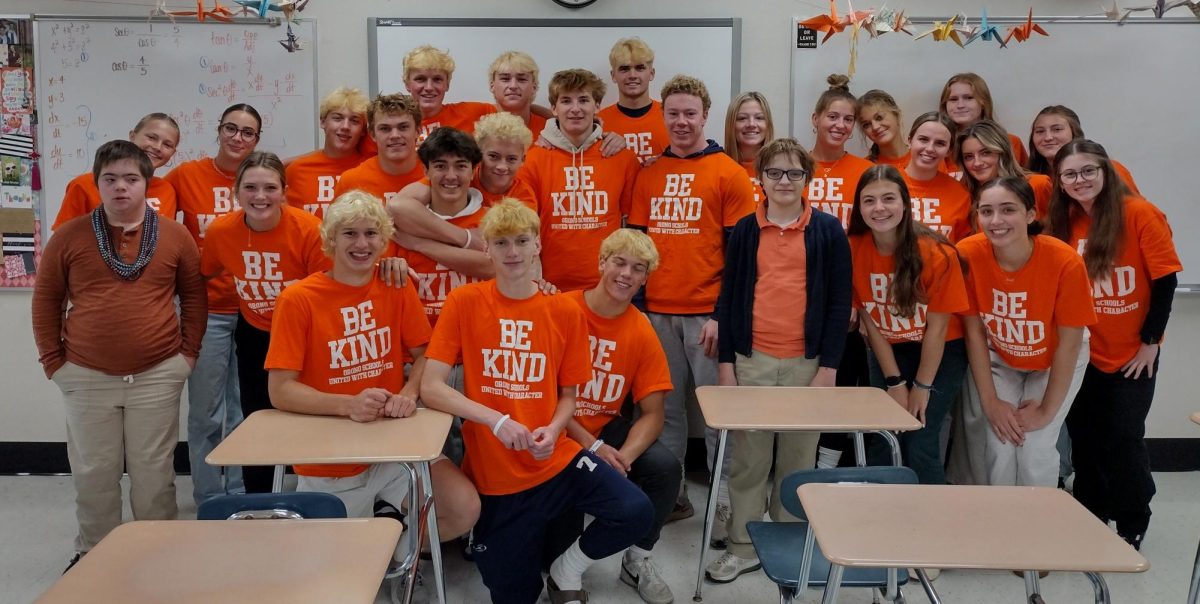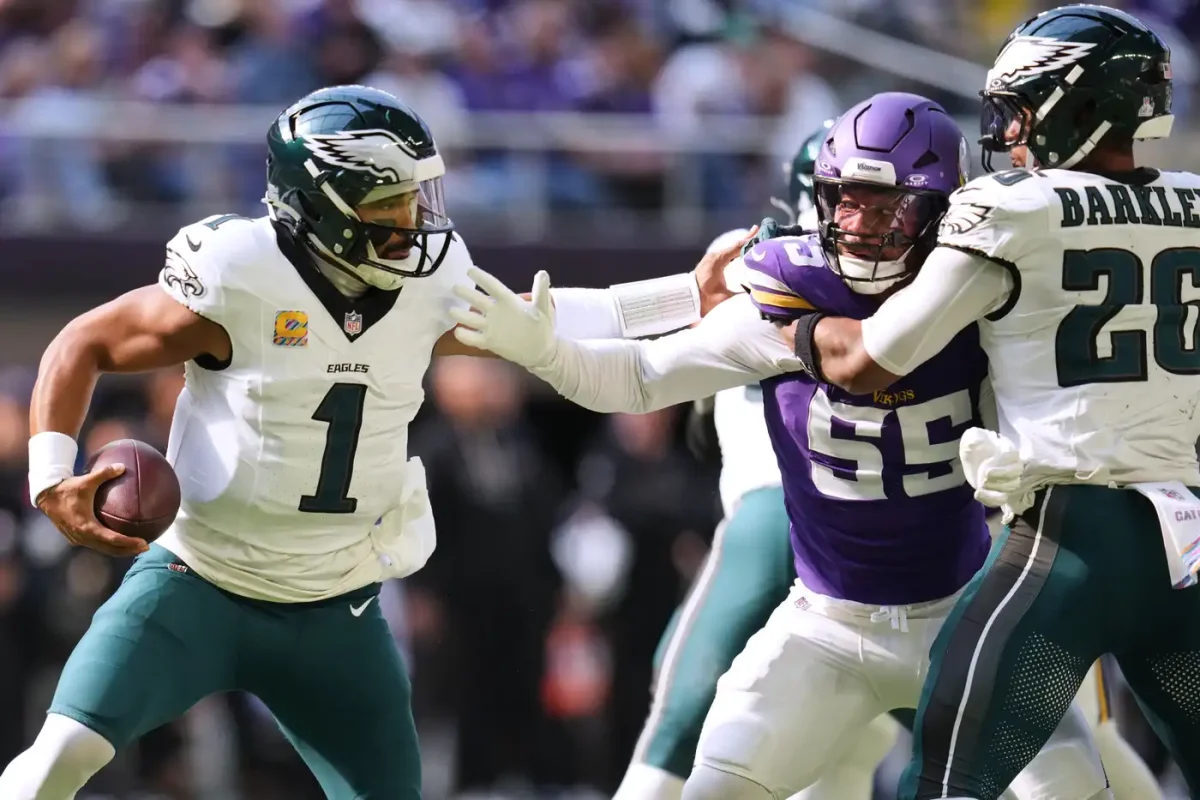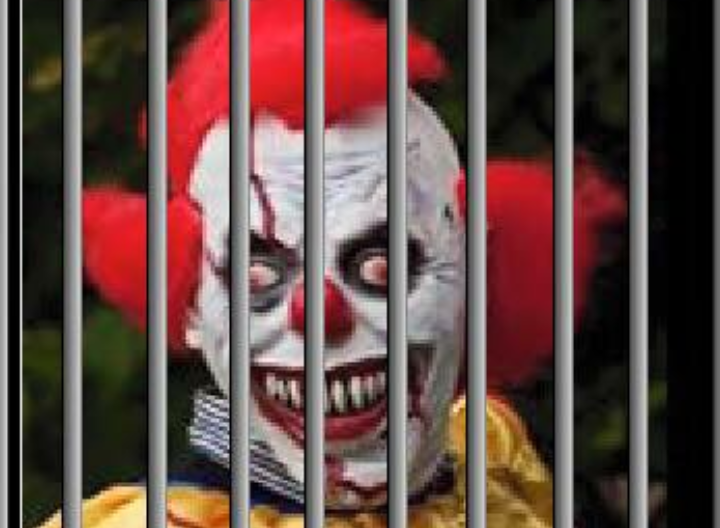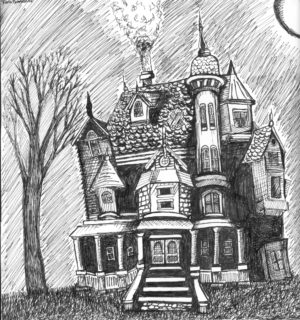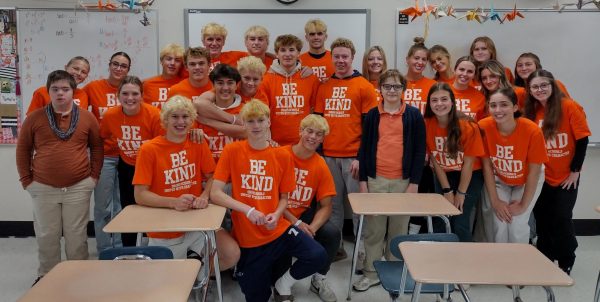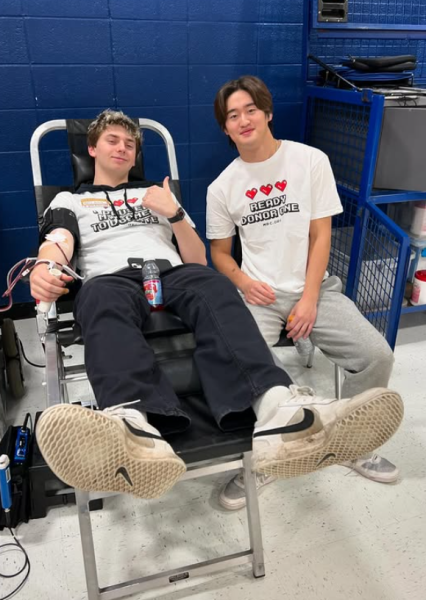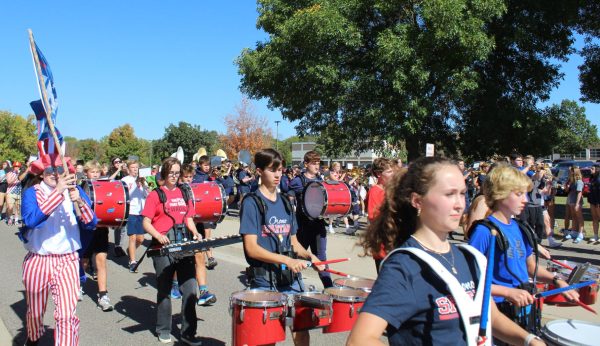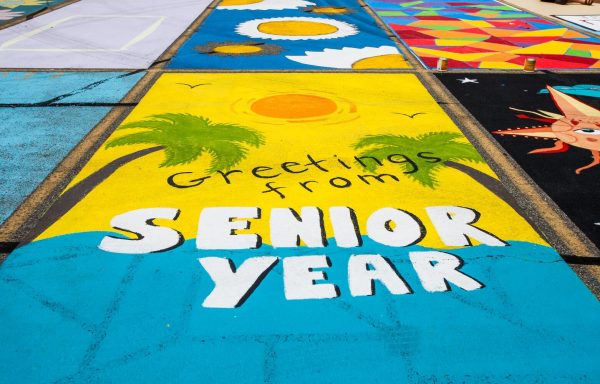Clowns Sends Hysteria Throughout the U.S.
This photo accompanied a message from “Kroacky Klown” that led to an arrest by Hopkins police.
With Halloween sneaking up, it only seems fitting that clown hysteria has gripped the nation. In the halls of Orono High School alone, offhand references to “The Clowns” can be heard on a regular basis. Clown related tags have been trending on Twitter, clown hunting videos have spiked on Vine, and links to clown news have been shared countless times on Facebook.
Local police stations have warned their citizens to be cautious, while assuring those concerned that they are taking all reports seriously. The clowns were even mentioned in a White House briefing.
In August, children in Greenville County, South Carolina reported that a group of clowns had been trying to lure them to an abandoned house in the woods. Since then, reports have been popping up all across the country. In various states, mainly in the East and Southeast, numerous concerned callers have reported clowns walking on the road, chasing them down, or even just standing frighteningly still. In the majority of these cases, the clowns were never found.
Before cancelling your evening jog for fear of encountering a clown, it’s important to look at the situation through a calm lens. So far, no deaths have been specifically connected to the clowns. In many cases, the “clowns” were teenagers posing fake threats over social media platforms.
In Flomaton, Florida, schools were put under lockdown after false Facebook clown threats were made. In Mesa County Colorado, “Clowny Headsmasher” posted multiple threats on social media that were never executed. In Annapolis, Maryland, children reported seeing clowns, although they later revealed that they had never actually seen any according to Atlanta Obsura’s clown tracker.
Most locally was “Kroacky Klown,” who, on Oct. 4, according to the Hopkins Police Department, posed false threats against many Twin Cities communities on a Facebook page. After further investigation, “Kroacky Klown” was discovered to be a 15 year old girl from Bloomington.This local example is just one incident of false alarms that have been seen in multiple other states. While some people have genuinely seen clowns that the police were later unable to find, it is clear that the clowns have done more scaring than scarring.
However, all of the clown hype is just the tip of the iceberg on an even deeper problem. Hidden behind colorful face paint and exaggerated voices, is a 21st century issue of social media and its new powers, especially in relation to the nation’s youth.
A significant part of the clown fear is based in fake online threats, but before Facebook, this would not have been a problem. On Vine, YouTube, and Snapchat, “clown hunting” videos can be seen, but who really knows if the videos are legit? The videos create an illusion that the clowns can be seen on every street corner, when in actuality, the person who posted the video could easily have convinced their friend to pretend to be one of the clowns in order to get more views.
With social media, however, we have the virality of Twitter, Facebook, and other social media accounts. Now, even if you aren’t religious about news intake, you still have a high likelihood of encountering stories like this, just through social media.
Social media’s large role in the clown scare has become glaring. Things can trend, and they can trend fast. People can get inspiration from a tweet sent out 23 states away, and decide to add fuel to the fire by dressing up as a clown.Take out Twitter, take out Vine, take out Snapchat and there is no fuel for the clown hype.
As media consumers, it is our responsibility to search for reliable news. Social media news can often be like the “telephone” game we played as kids. There is an original source, but as it gets passed along, or shared, it starts to develop a new identity. Anyone with a connection to the internet can throw in falsehoods, and if we take everything we read on Twitter or see on Vine too literally, we’ll be left with remnants of stories that lead to unnecessary hypes.
It’s also important to recognize that much of what you see on social media is a calculation of what is popular. With a majority of social media users being the younger generation, the connection can be made that the youth indirectly controls a big part of the media. The youth shares and retweets, leading to more youth sharing and retweeting, which leads to the trending and popularity surges of certain stories and pictures, like clowns.
So here’s a suggestion: The next time you hear about something on Twitter, slow down, and consider the following…Is it possible that this isn’t the whole story? Is this real news, or just a trend? Is there a more reliable media source where I can find the boiled down facts?
Once we stop clowning around and start asking ourselves these questions, our country will be less prone to silly hypes. We need to take a more active role in keeping America calm and informed. And that starts with how we approach social media and the news.

